The airborne age of the world has necessitated the protection and the establishment of effective cable connections. As much as the appropriate cable couplers facilitate the use of various devices, they enhance performance and even reduce downtime. This detailed exposition will cover the most important things you should know about cable couplers. We will look into some of the couplers out there, the center of their use, and the escape routes that, ideally, one should take when sourcing the right coupler. At the end of this article, you should understand how to connect your cables easily.
What is a Cable Coupler, and How Does it Work?
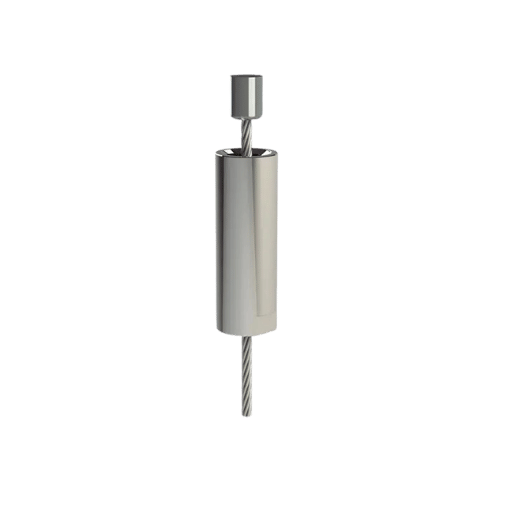
A cable coupler is a coupler that serves as a connection between two or more cable ends to ensure the effective transmission of power, data, or electrical signals. These products are available in different configurations and designs for coaxial, fiber, and Ethernet cables. The basic operation of a cable coupler is to ensure a tight and permanent connection among the cables without the movement of ports resulting in any loss of signals. It is presumed that the use of quality materials and engineering processes will provide the cable couplers’ bond, preserving the transmission of some, which is important for maintaining efficiency in different transmission systems. The flexibility and effectiveness of the cable couplers allow them to be used in many areas, from the simplest home connection to complicated industrial usage.
Comprehending the Basic Principles of Cable Couplers
The cable couplers are designed concisely but accurately. They perform two main functions: to physically connect two cable ends and maintain the transmission signal uninterrupted. More often than not, a cable coupler comprises an enclosing case, also called housing, contact points, etc. If connected, the contact points within the coupler are placed against the conductors fixed within the cables, creating a stable electric or data path. This configuration minimizes any signal loss that would otherwise occur due to the connection, making cable couplers very important in ensuring that the various systems perform and remain reliable.
Several Types of Couplers Have Been Designed
- Coaxial Cable Couplers deliver high-frequency signals with scant loss and interference. They are mostly employed to provide television and carry internet connections.
- Fiber Optic Couples are meant to transmit light signals so that data can be transmitted over long distances at high speeds. They are mostly used in telecommunication and networking.
- Ethernet Couplers: These allow the joining together of Ethernet expansion cables used in networking while still maintaining speed and data integrity.
- Audio/Video Cable Couplers: These couplers help join AV cables and transmit audio and video signals. They are common in AV home systems.
- Power Cable Couplers: These ensure that power cables are properly connected, which is very important for power control systems within homes or industries.
How Cable Couplers Connect Cables to Achieve the End
During the connection of the couplers to the cables, the crests positioned within the coupler that form part of the cable are fitted to the insides of the cables. The casing of the coupler physically supports these contact point features and upholds a robust and continuous electrical or data connection. Such alignment in this aspect determines reduced signal degradation and distortion thus facilitating maximum update transmission. The light signals are focused and delivered with little loss in a coupling system for certain types, such as fiber optic couplers. In a nutshell, cable couplers are made to provide a good interconnection between the suspension cables.
What is the Importance of an Ethernet Cable Coupler?
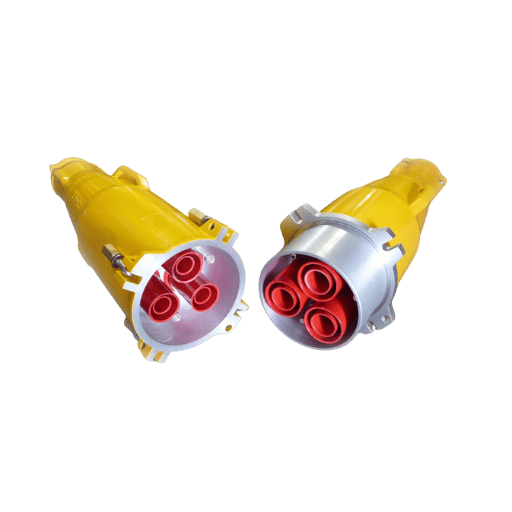
Reasons for Using Ethernet Cable Coupler and Benefits
- Extended Length: This is a way of joining two or more Ethernet cables to attain their length in a much longer distance with little signal loss.
- Cost-Effective: A longer cable is not always required when two separate cables can be connected at a lower cost.
- Flexibility: A good option provides flexibility, allowing for easy alteration of the cable arrangement, workstations, and the whole network layout.
- Easy Installation: No additional tools or expertise are required; thus, the networks’ removal and modifications can be done easily and quickly.
- Maintained Data Integrity: There is a wire-to-wire connection through high-speed data and little disturbance or end-to-end latency buffering, which is the normal data mechanism required on very fast networks.
Circumstances Under Which Cable Couplers Are Required
- Temporary Networks: Best suited for events or short-term desk space where fast and convenient interconnection changes are needed.
- Upgrades to the Network: These are helpful during network growth or change implementation when the existing cords need lengthening but not changed.
- Moving of Offices: It is vital when there is a need to join and reinforce the networking system during the moving or reorganization of office space.
- Long-Distance Links: These are important when connecting two or more devices that are further than the cabling’s maximum length.
- Diagnosing and Evaluation: This position assists in connecting diagnostic devices or temporary system parts during troubleshooting or testing.
How to Pick the Most Suitable Couplers with Partitions:
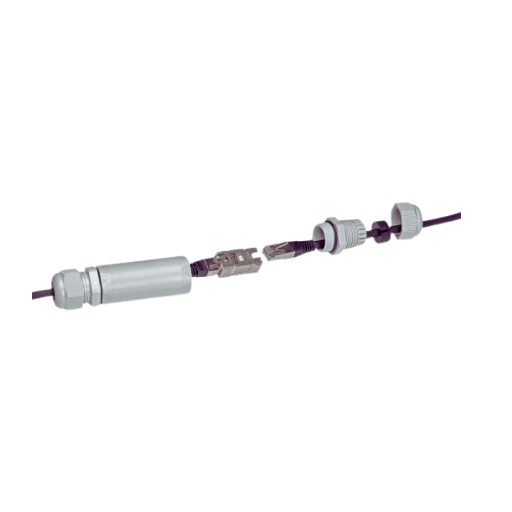
Factors on great when buying a Cable Coupler:
- Compatibility: Ensure the coupler’s rated performance corresponds to Ethernet cable categories, such as Cat5e, Cat6, Cat6a, etc.
- Quality and Build: Look for couplers with gold-plated contacts from popular Builder brands to enhance signal transmission and durability.
- Shielding: This will help preserve the data in the Ethernet cable. It is advisable to use these types of couplers in environments where EMI is excessive.
- Performance: Check the coupler’s rated speed and bandwidth to ensure that it does not fall short of the network’s designed maximum speeds.
- Port Type: Make sure, for example, that the RJ45 coupler supports the port type you are using or another connector type, if applicable.
- Physical Size: To minimize area occupation, you may be required to tube the couplers and flatten the cut minimization options.
Quality Cable Couplers Suppliers: Where to Buy
As you search for good-quality cable couplers, you should consider sourcing from some branded electronics and networking supply stores. In other words, every leading online business, including Amazon, Newegg, and B & H, will have cable couplers of various brands featuring excellent customer reviews and ratings. Online and offline specialist networking retailers like Monoprice and Micro Center also have good-quality products and knowledge. They stock industry-grade and bulk-purchase supplies like Digi-Key and Mouser Electronics for professional use.
Are RJ45 Female to-Female Couplers Worth It?
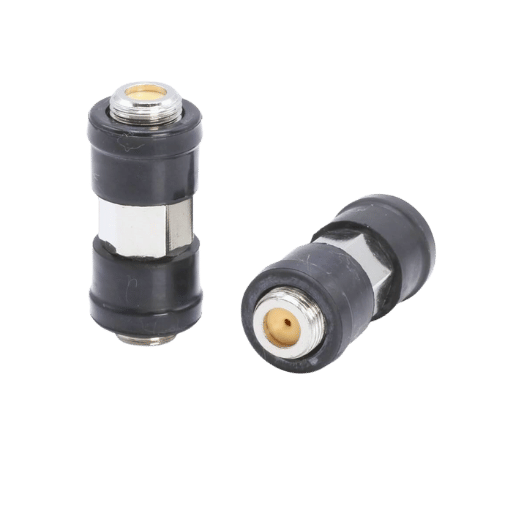
What Are RJ45 Couplers And Where Are They Used?
Seemingly, the RJ45 same socket female coupler connectors also help to connect two Ethernet cables to extend their range without loss of efficiency – this device is widely known as an RJ45 Coupler. They work quite effectively, providing flexibility in the formation of the network so that it can be easily changed and enhanced. Nevertheless, their effectiveness is subject to the quality of the couplers and the conditions under which they are used, for example, the electromagnetic noise and the category type of the Ethernet cables used. Using appropriate RJ45 Couplers preserves the quality of data and network performance in most instances.
Advantages and Disadvantages of Using RJ45 Couplers in Computer Networks
Advantages
- Versatility: It makes adding on or changing existing network configurations possible with no constraints.
- Budget-Friendly: Help cut costs by eliminating the need for long and expensive cabling.
- User-friendly Construction: Easy to mount and require no special kind of installation apparatus.
- Performance is not Compromised: Data can be transferred if good quality couplers are used.
Disadvantages
- Possibility of Losses: Compromises in quality and incompatibility may also lead to loss of signals.
- EMI: There is a tendency to be affected by EMI, which limits performance in noisy areas.
- Category Limitations: We may be unable to work with some Ethernet categories.
- Provision of Additional Physical Connection Points: Increases the number of physical connection points, which may introduce reliability issues.
Using Inline Cable Couplers: Proper Installation and Usage
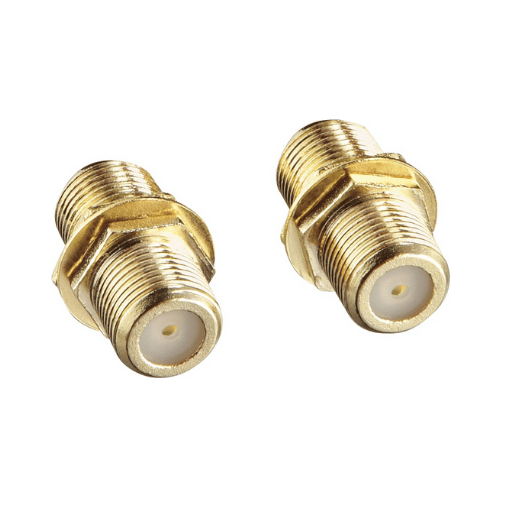
How to Install Cable Couplers: A Step-by-Step Approach
- Select the Correct Type of Couplers: Care should ensure the coupler correlates with the Ethernet cables (e.g., Cat5, Cat 6, etc.).
- Prepare the Cables: Ensure both Ethernet cables are long enough and have proper connectors.
- Align the Connectors: Position the RJ45 connectors to face the coupler ports.
- Insert the Cables: Push the RJ45 connectors into the coupler ports until there is a click to show they are firmly secured.
- Test the Connection: A network cable tester should be employed to confirm that transmission occurs without deterioration of the original signal.
- Look Into External Interference: Confirm that the location where the connection has to be made does not have the sources of Electromagnetic Interference.
- Keep the Setup In Place: Ensure that the coupler and the cables are planted so that there is no movement or stress at the junction of the connectors.
Conducting these activities allows one to perform the fittings and functioning of the RJ45 couplers, resulting in efficient and dependable network operations.
Cable Coupler Usage – Avoid These Common Mistakes
- I am using Mismatched Couplers. Always ensure you are using a coupler that conforms to the type of Ethernet cables in use: 6/5 or 7 in this case.
- Ignoring Cable Condition. Refrain from using cables fitted with missing clips or cables that are too short.
- Improper Connector Alignment. Always align the RJ45 connectors with the coupler’s ports before insertion.
- You are neglecting Connection Testing. After every connection, verify the connection using a network cable tester, as this helps to determine the quality of the signals.
- Overlooking EMI Sources. Avoiding helping may also bend couplers fitted in a region of great electromagnetic interference.
- Failing to secure the Setup. Ensure that the coupler with cables is strapped so that there is no movement and stress in the connectors.
Can Cable Couplers Affect Network Performance?
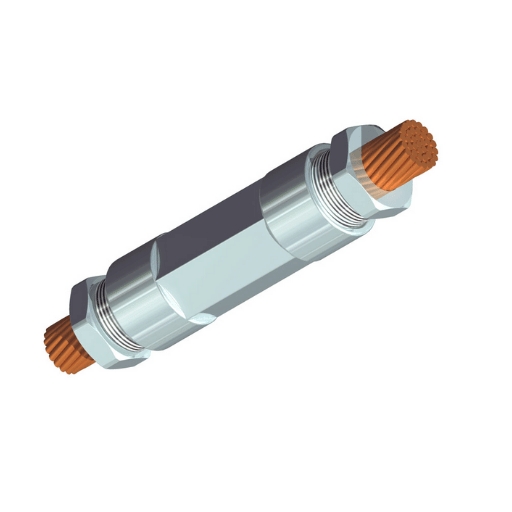
Impact of Cable Couplers on Signal Quality
Cable couplers tend to affect signal quality, especially in high-speed networks. Some of the main problems are possible signal loss and increased delay due to the interconnection of additional connectors. If couplers are not properly shielded or installed away from sources of interference, electromagnetic interference (EMI) can also worsen the signals. To reduce these negative effects, high quality couplers that are appropriate for the cable should be used, Ensure that shielding is done properly, and Do not use many couplers in one network segment. Installation procedures, along with their timely execution, are likely to contribute to performing optimally.
Solutions to Minimize Performance Issues with Couplers
- Use High-Quality Couplers: Use the right couplers suitable for the Ethernet cables.
- Proper Shielding: There should be a shielded coupler to prevent emissions from the coupler.
- Minimal Use: The number of couplers per network segment should be minimal.
- Regular Testing: Connections should be frequently assessed using a network cable tester.
- Avoid EMI Sources: couplers should be located away from EMI sources where possible.
- Secure Installations: All connections must be secured to avoid any additional stress and movement.
Other Sources Where I Can Get Help with Cable Couplers
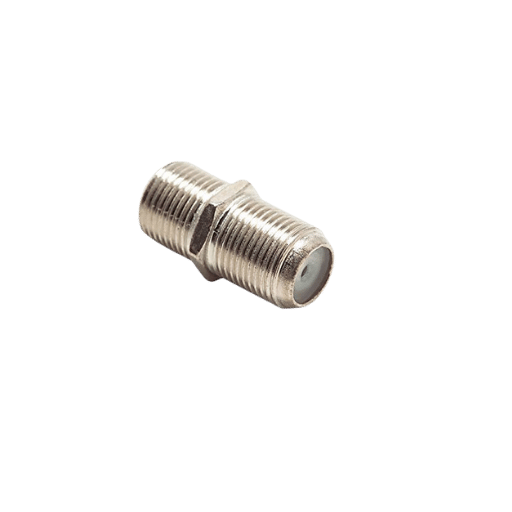
Seeking Assistance in the Repair and Configuration of the Cable Coupler
To receive technical assistance for cable coupler installation, it would be wise to contact qualified network installation companies or certified IT consultants. Look for experienced networking companies that have expertise in cable couplers. Another useful tool is the help of expert sites or people in professional bodies such as the Institute of Electrical and Electronics Engineers, where you can ask for advice or seek recommendations. These could be in the form of various technical assistance and consultations specific to the manufacturer’s products to promote and assist with the best installation and troubleshooting methods.
Another Approach to The Subject of Cable Couplers: Sources of Information Available on the Internet
Regarding cable coupler solutions, most online platforms are specialized to providing information on the following:
- Manufactures Websites: Product-oriented information with high fidelity to detail and product support.
- IEEE Websites: All relevant documents, including guidelines, procedures, and professional help.
- Industry Forums: Platform for tenure exchange regarding the same issue involving several professionals.
- Technical Blogs: Guideposts and templates.
- Video Tutorials: Workshops presented by industrial subordinates.
- Computer-Based Networks: Clusters and communities of qualified specialists offer practical and useful help.
Reference Sources
Ethernet
Coaxial cable
Weather
Frequently Asked Questions (FAQs)
Q: What product is defined as a cable coupler connector?
A: A cable coupler connector is a mechanical device used for connecting two cables so that a longer or combined length of cables can be utilized. It allows two cable ends to be fastened together and assures transmission of good signal quality.
Q: Are all the cable connectors of one type, or are there many types?
A: There are many classifications of cable connectors, but five are the most widely used: RJ45 (Ethernet), BNC (coaxial), HDMI, USB, and fiber optic connectors. The selection depends on the application and the type of cable.
Q: What aspects of heritage cable coupler products should be considered when making a choice?
A: When selecting a cabinet cable coupler product, consider compatibility with the cable type, maintenance of signal quality, ruggedness, ease of fitting, and protection from elements. In addition, consider the particular needs of your project and appropriate sector norms.
Q: What is the average durability guarantee given of cable coupler products?
A: The гарантия particulars about cable couplers differ from one manufacturer to another and also depend on the quality of the product. A number of reliable companies give their customers between 1 and 5 years guarantees for their products. You always need to check what warranty is given.
Q: Is it safe to use cable connectors outdoors?
A: Yes, there are cable connectors specified for outdoor use. However, it is important to always select outdoor-rated connectors. These types of products are primarily known to be waterproof and more resilient to extreme temperatures, UV light, and humidity.
Q: What precautions do I take to avoid losing the connection while using cable couplers?
A: To connect properly, checking the alignment of both stripped cable ends before insertion is advisable. Use appropriate tools to securely crimp the connection, and employ weatherproof tape or heat shrink tubing if further waterproofing is needed. Pay attention to specific instructions provided by the manufacturer to enhance the output.
Q: Are there any constraints in the use of cable couplers?
A: While cable couplers have numerous advantages in application, they have been found to cause minor signal loss at long ranges. In addition, overusing cable couplers within a single cable length decreases the signal quality. It would be ideal to use them in moderation and other methods for long cable runs.
Q: As an estimation, how much do you expect to pay for cable couplers?
A: The reason for this great variability is the wide diversity of cables such couplers are made for. Basic connectors may start at a couple of dollars, whereas high-performance and specialized models may rise to several hundreds of dollars. However, it’s important to consider cost to what is needed for the project.
Post Views: 2,749






